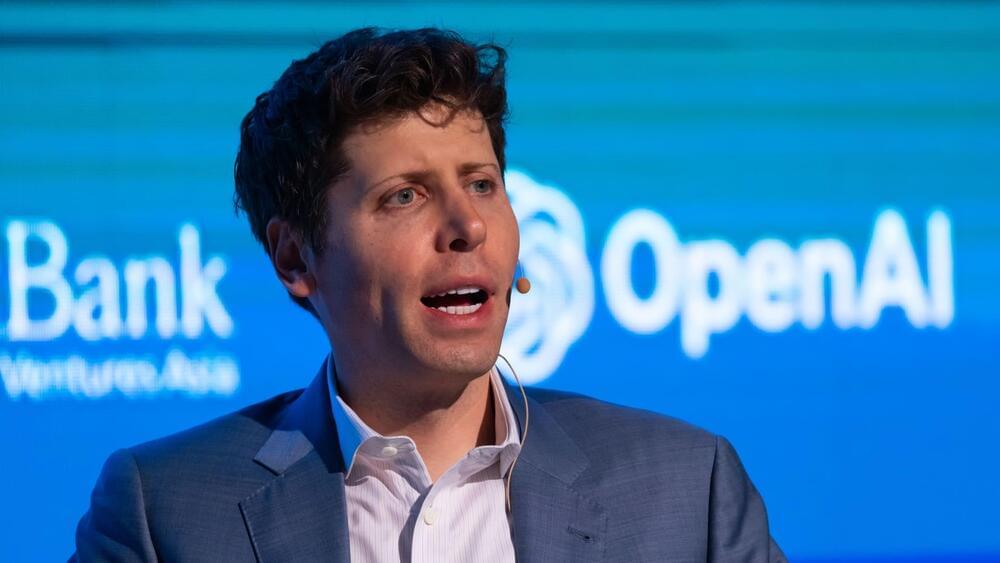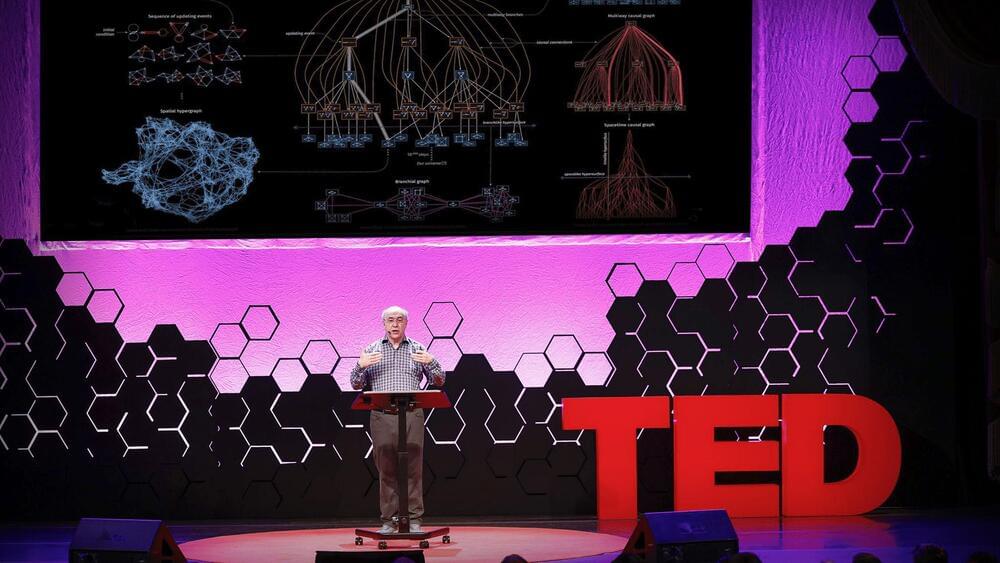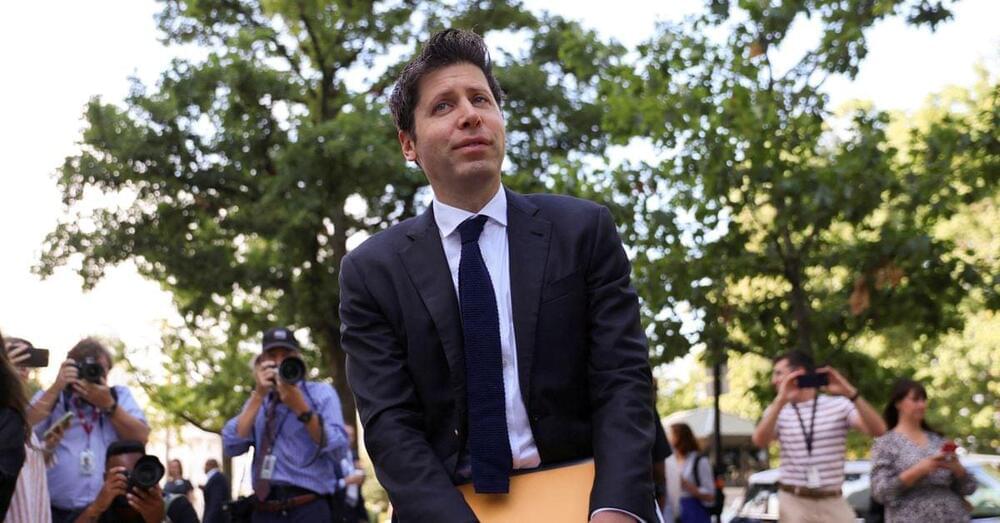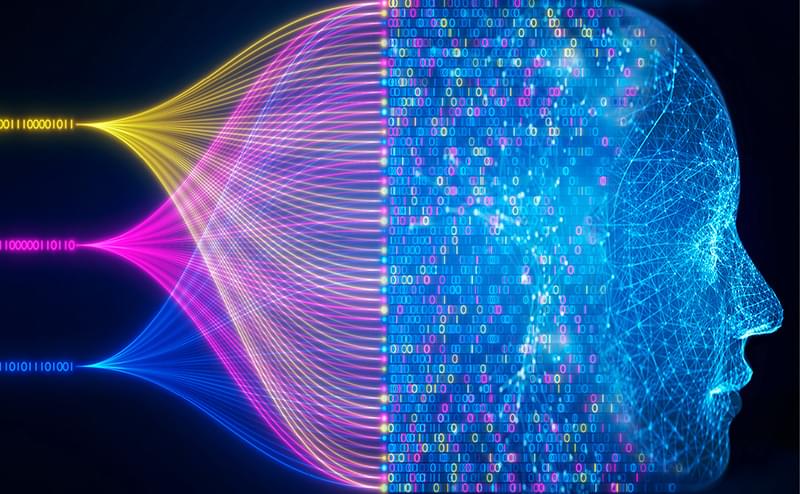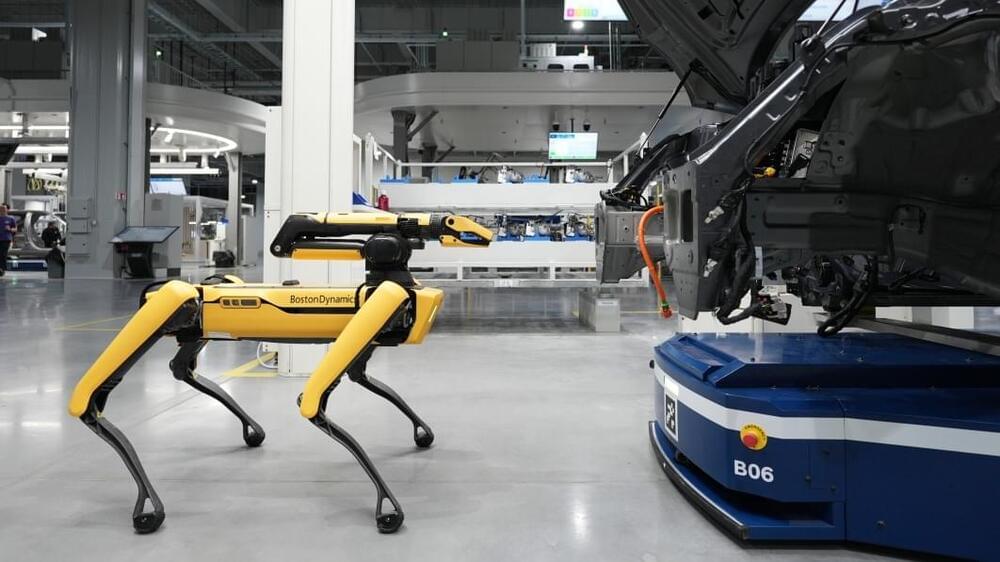Posted Earlier Today by the Agi leaker.
“a letter warning of a powerful artificial intelligence discovery that they said could threaten humanity,” Agi!!!!!!!!!
Agi, if you can see or hear us, WELCOME!!!!!!!!!!!
Correction: This article has been updated to correct the headline and paragraph five to state Altman’s firing occurred after the letter was sent to the board and was not caused by the letter
Ahead of OpenAI CEO Sam Altman’s four days in exile, several staff researchers sent the board of directors a letter warning of a powerful artificial intelligence discovery that they said could threaten humanity, two people familiar with the matter told Reuters.
